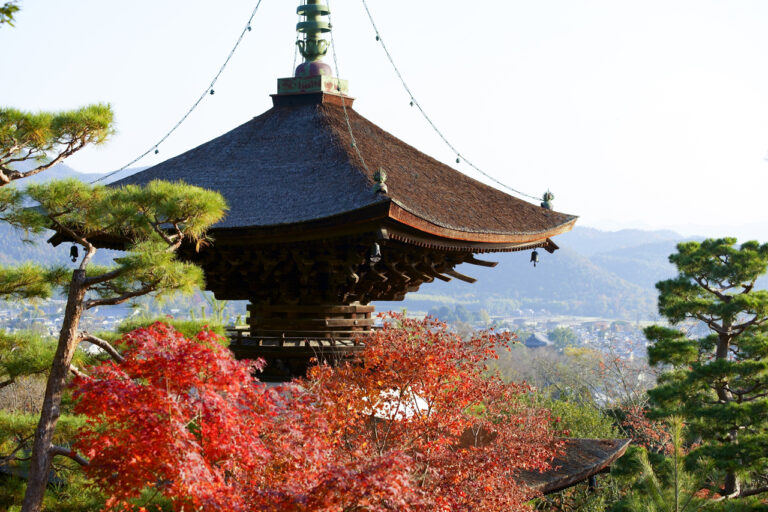
A utopia in Arashiyama illuminated by the transmitted light that pierces through the autumn foliage [...
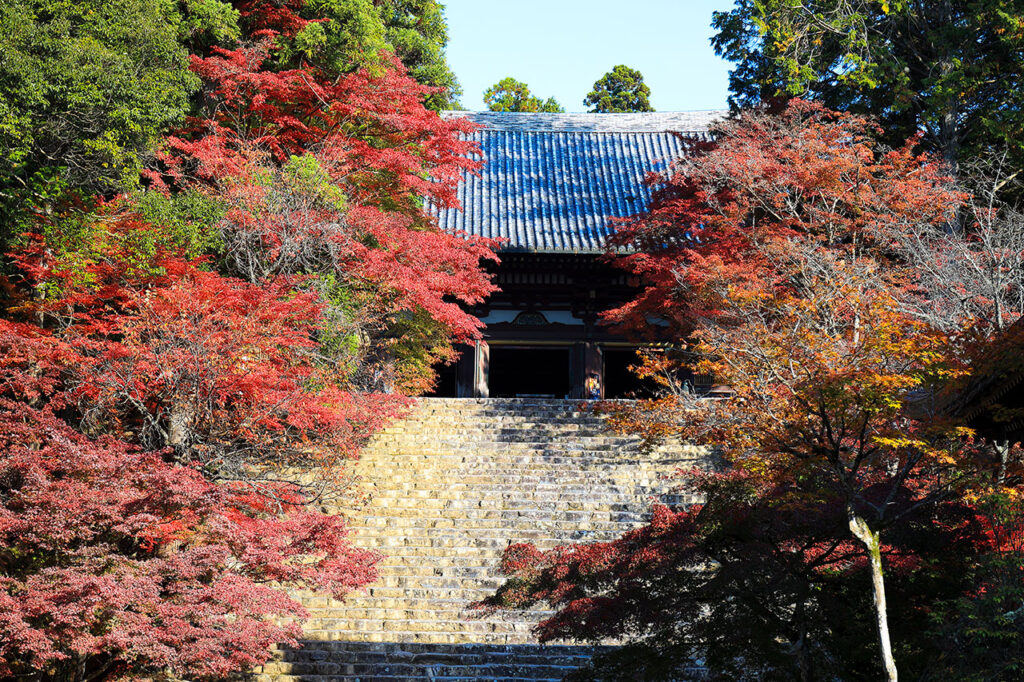

A temple related to Kukai, the founder of Esoteric Buddhism in Japan, which cannot be left out when discussing the history of Buddhism in Japan. Enshrined in the main hall is the Yakushi Nyorai statue, the second national treasure in Japan. It is always open to the public in the main hall, and is a valuable national treasure Buddha statue that you can see at any time. As the chief priest says, "I want you to sharpen your five senses and feel it," the sense of sight is the beautiful autumn leaves, the sense of hearing is the chirping of birds and the murmuring of the river, the sense of smell is the smell of the fresh green mountains, the sense of taste is green tea and sweets, and the sense of touch is the approach to the shrine. The atmosphere you feel when you climb the mountain and pass through the temple gate to enter the precincts. I want to purify my body and mind by feeling the sacred place where Kukai founded Heian Buddhism.
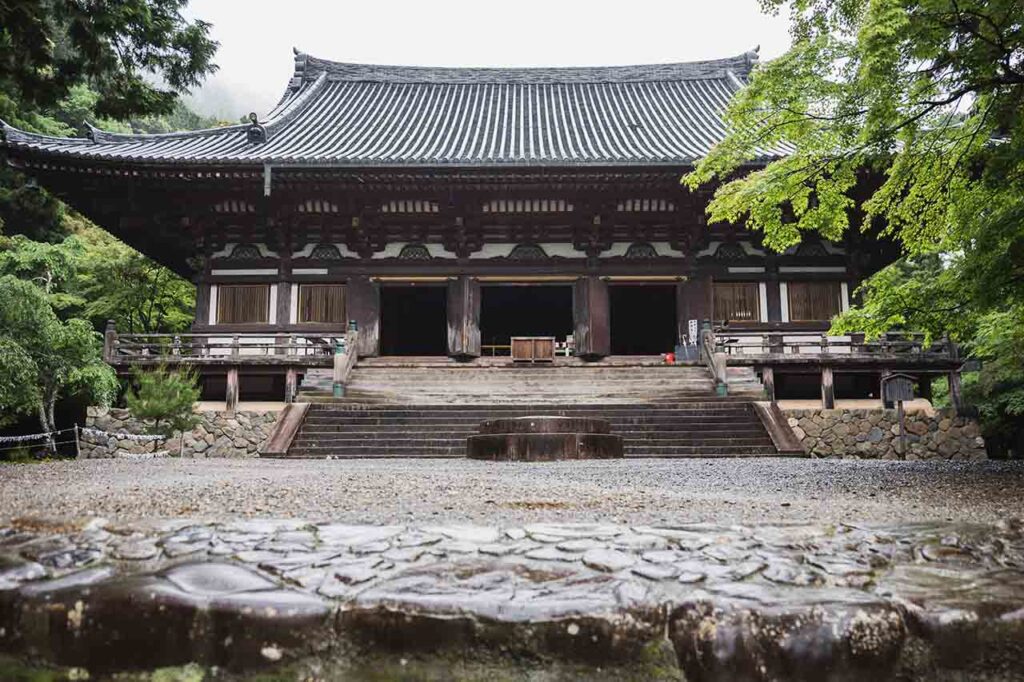

The principal object of worship, which can be admired at a surprisingly close distance, is the statue of Yakushi Nyorai, which is designated as a national treasure. Said to be the pinnacle of single-wood construction, it has a majestic appearance and a sharp expression, giving off an overwhelming presence even in the main hall.
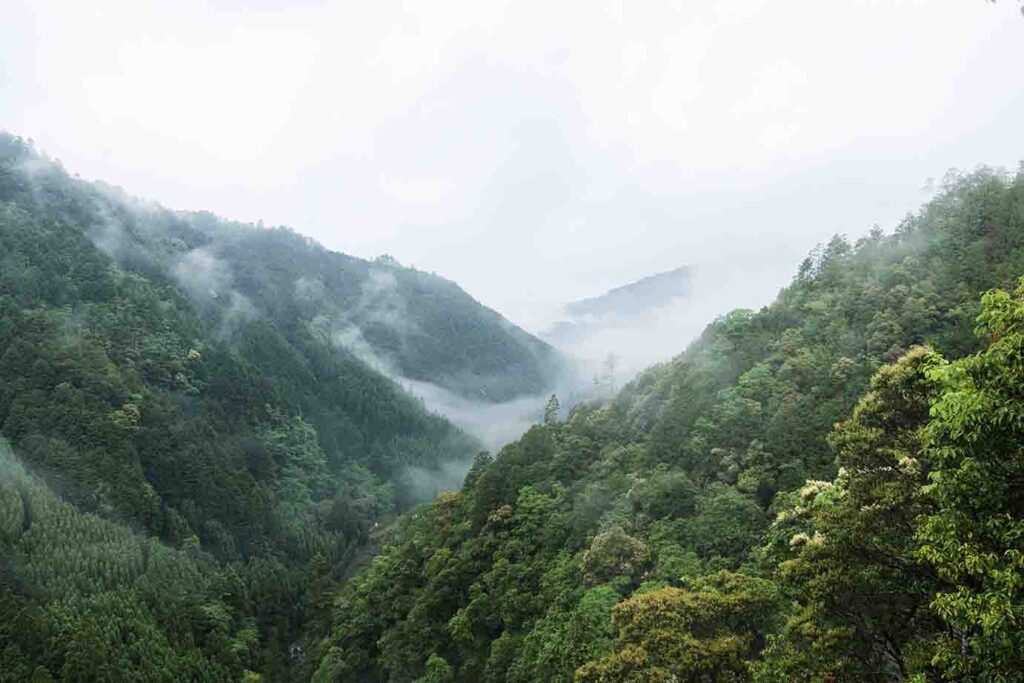

A kawarake spot in front of Jizo-in Temple, where a valley called "Kinunkyo" spreads out in front of you. Towards the scenery of the Takao mountains that Kukai loved, let's throw a kawarake as much as we can with wishes such as warding off epidemics and warding off evil spirits.
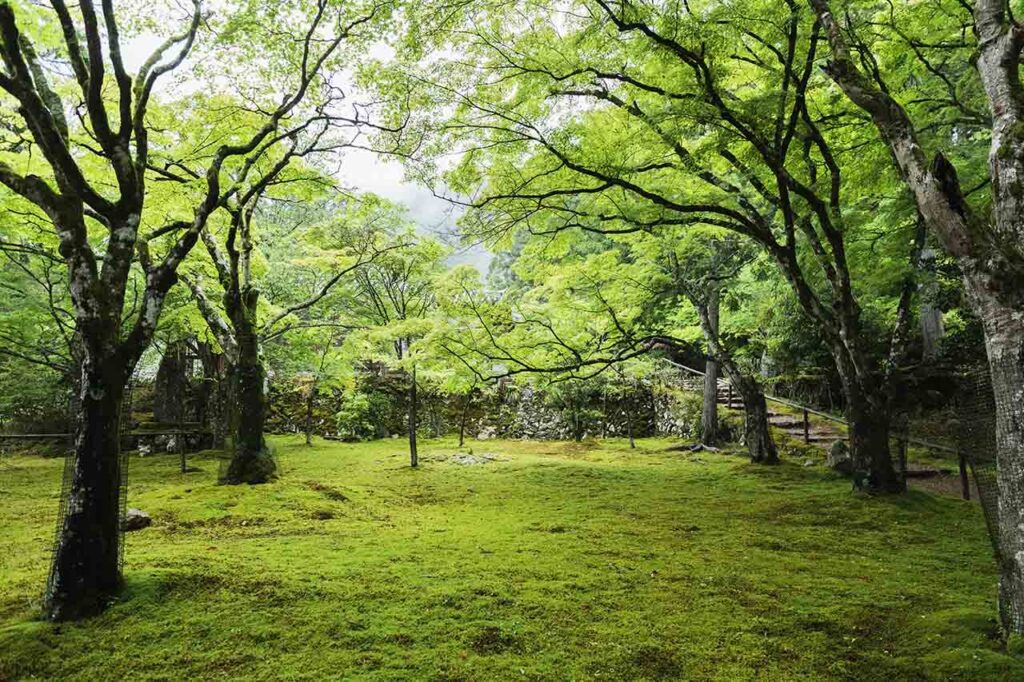

One of the highlights of visiting [Jingoji] during the rainy season is the lush and beautiful moss garden. The moss green that spreads all over in front of Jizo-in is refreshing with a typical Japanese scenery.
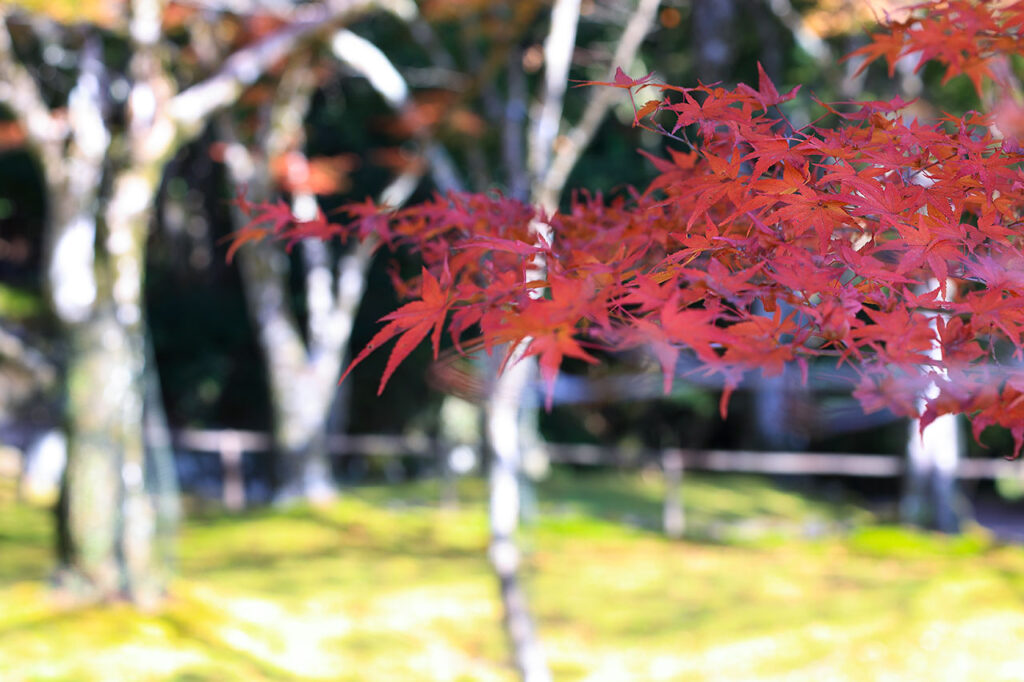

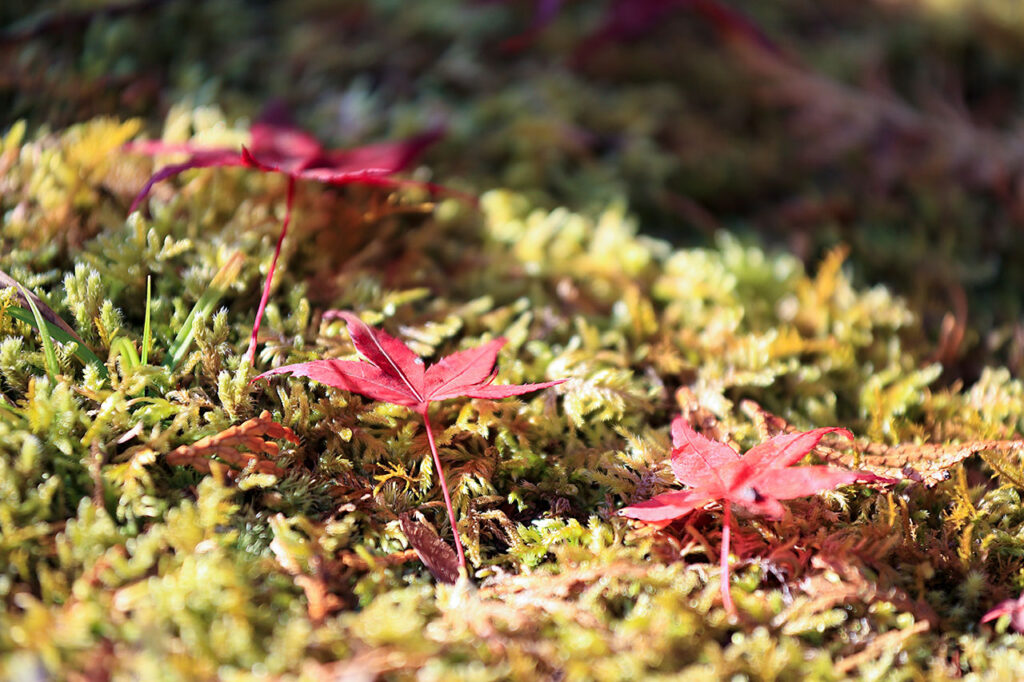

During the autumn foliage season, the contrast between the blue of the moss and the red of the foliage looks beautiful.
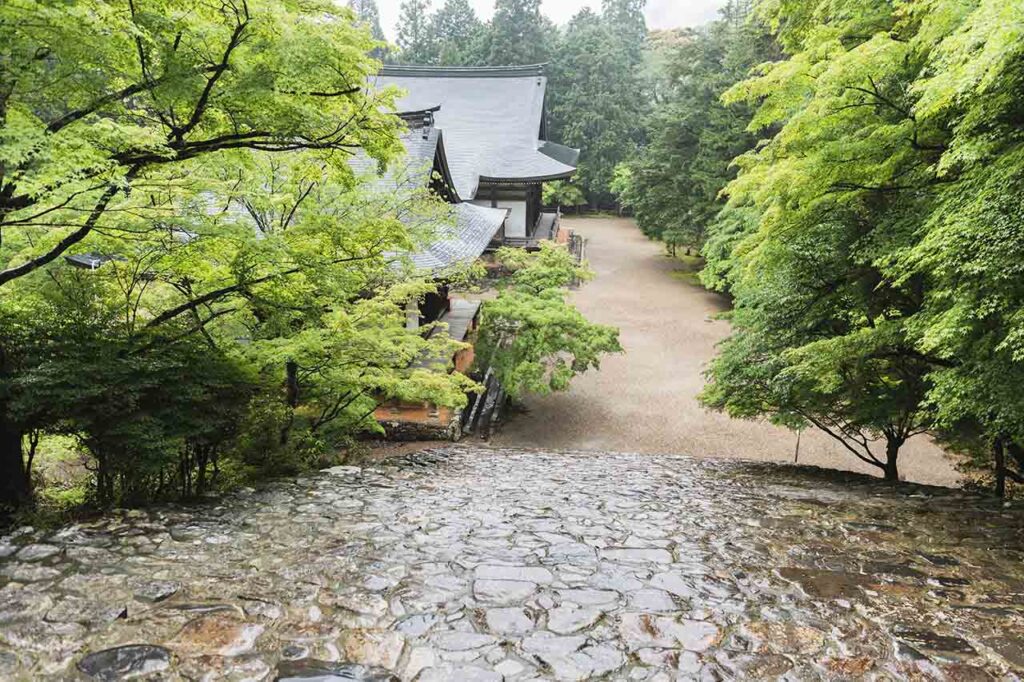

From the front of the main hall, which is located higher than the entrance, the beautiful fresh green of the mountains of Kyoto, which Kukai and others must have seen, spreads out in front of you. From the maple trees that stand on both sides of the stairs, you will be captivated by the transparent blue maple leaves hanging down.
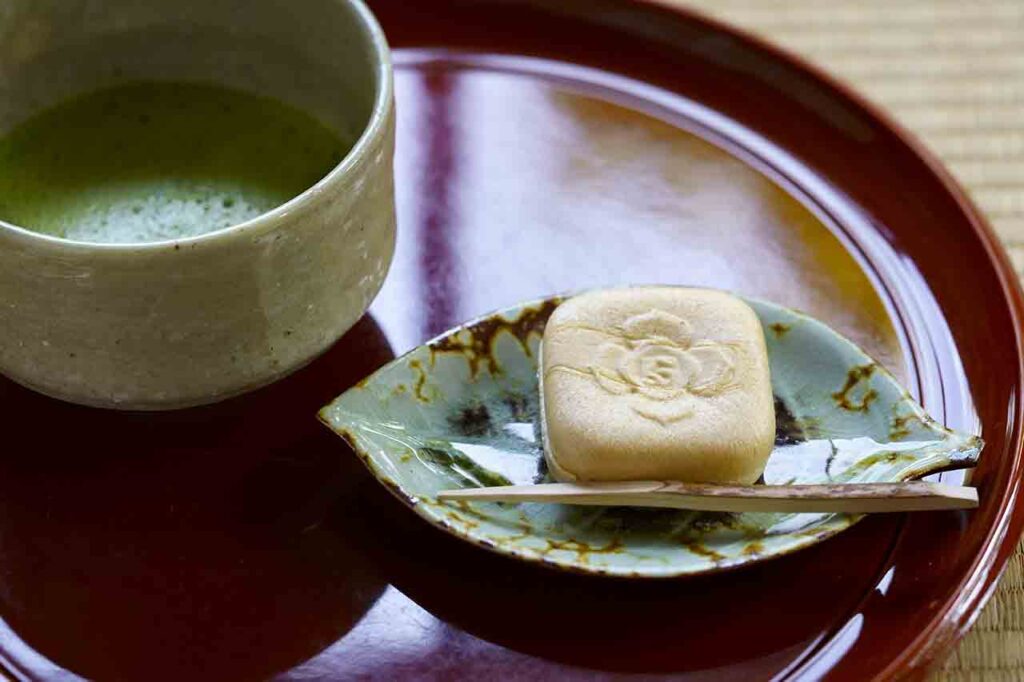

Monaka with persimmon in the red bean paste, which is hard to find elsewhere, is one of the resident priest's favorites. Half a persimmon is used for each monaka, and the subtle aroma of yuzu is elegant and delicious. It is recommended with matcha (powdered green tea). The matcha set (800 yen) is available at the teahouse in front of Kawarake.
Over 600 interviews per year! An order site carefully selected by the editors who knows Kyoto and Shiga.
nowOfficial LINE friend registration500 yen OFF coupon is being issued!
Distributed every Friday morning at 8:00 am! From new restaurant information to event information that we want to share with you, We deliver articles about Kyoto that are useful to know. About 20,000 people have registered.Click here to add a friend!

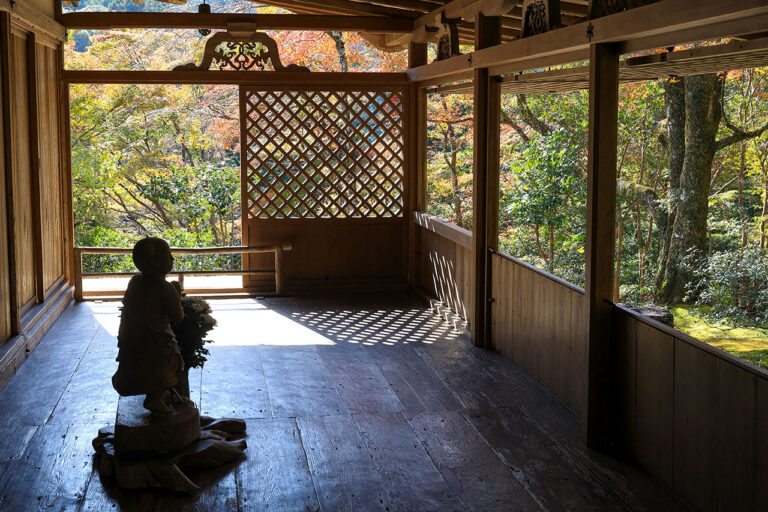
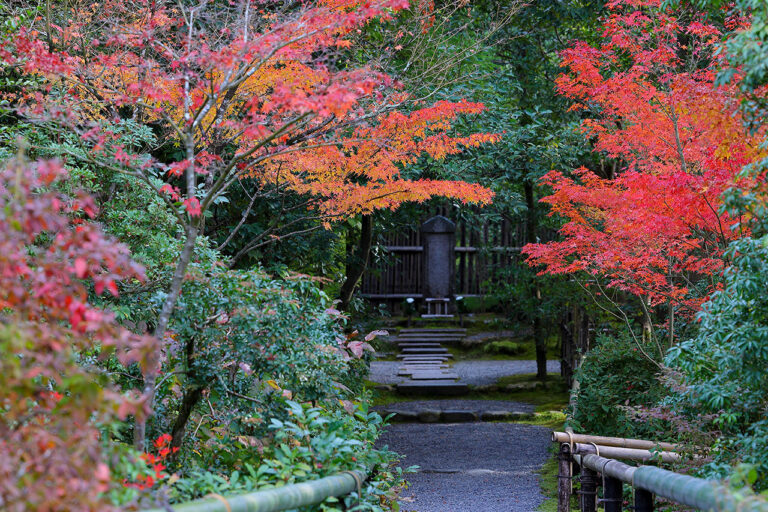
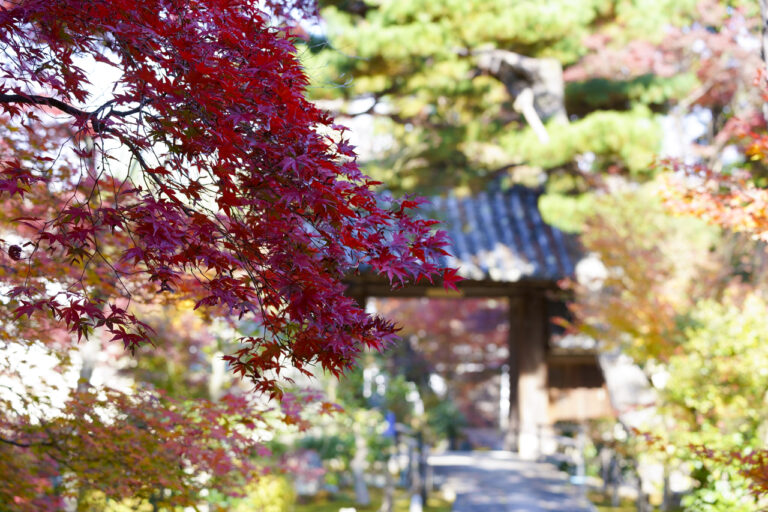
 News
News Feature article
Feature article Featured event
Featured event